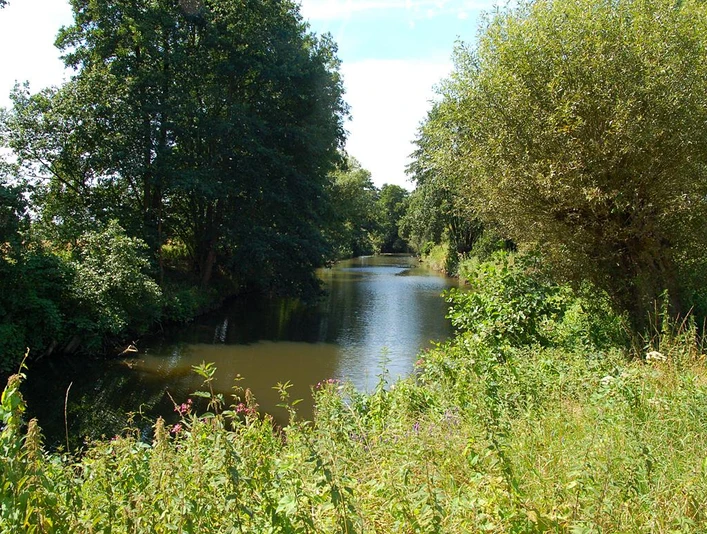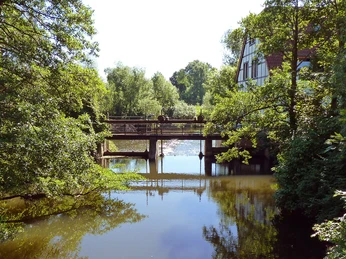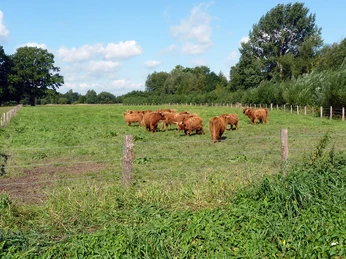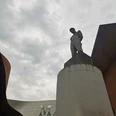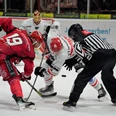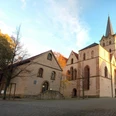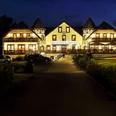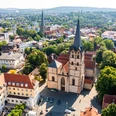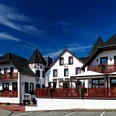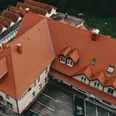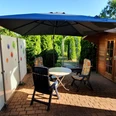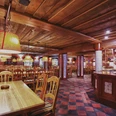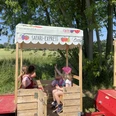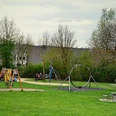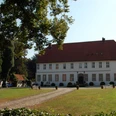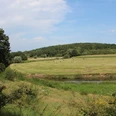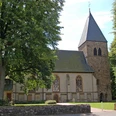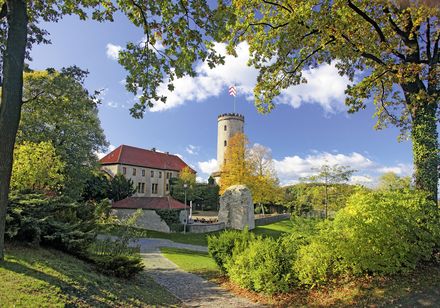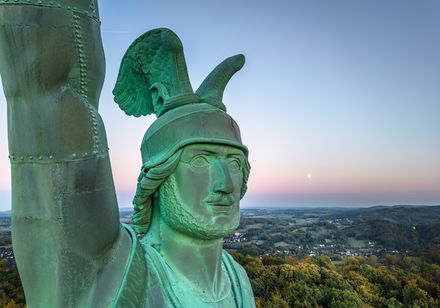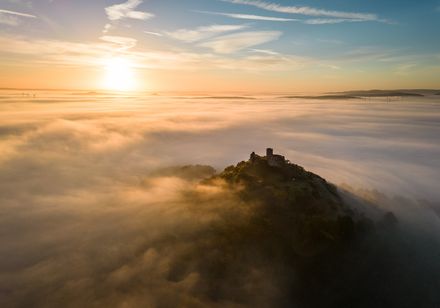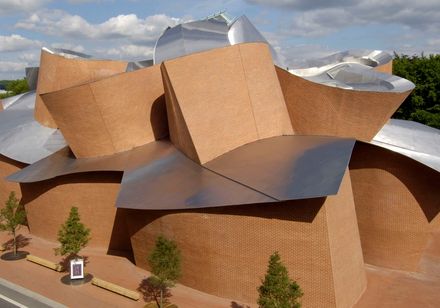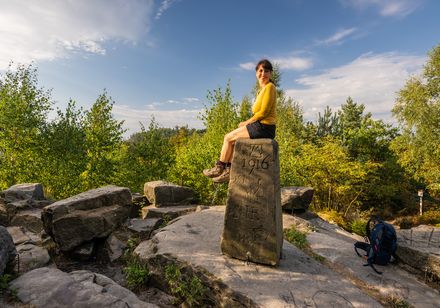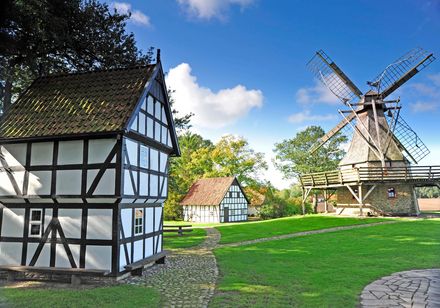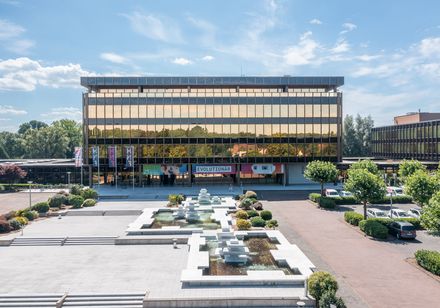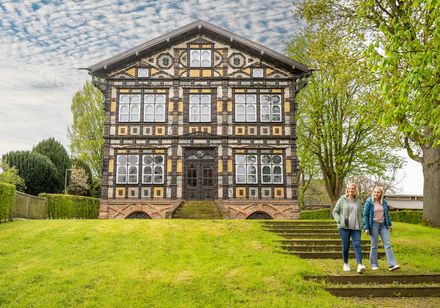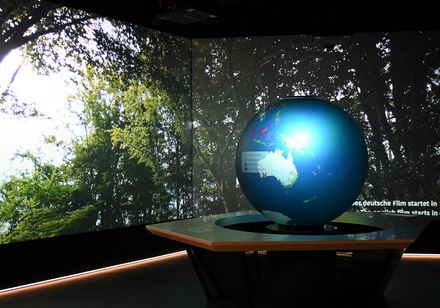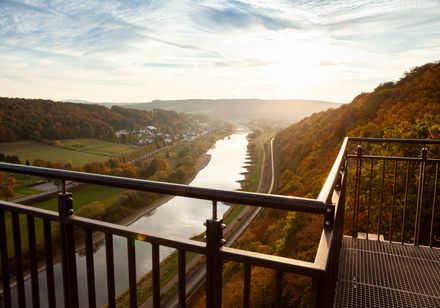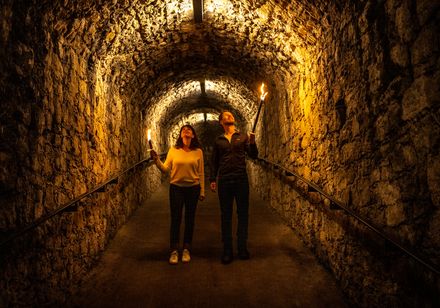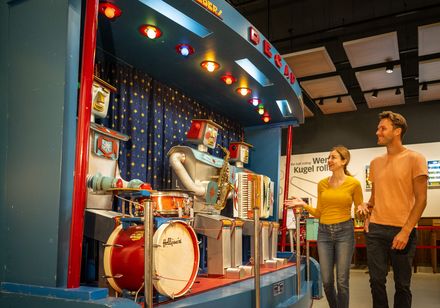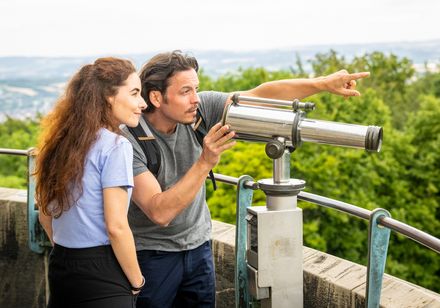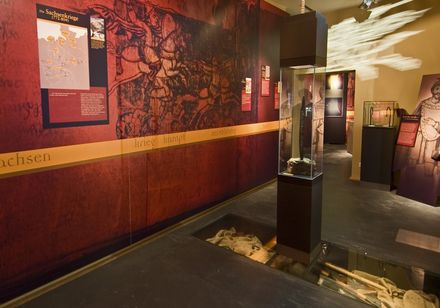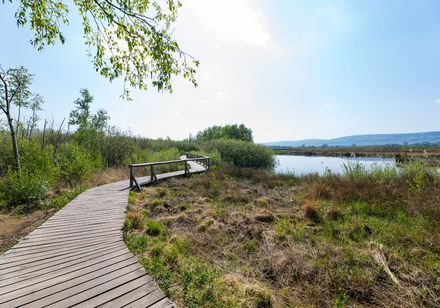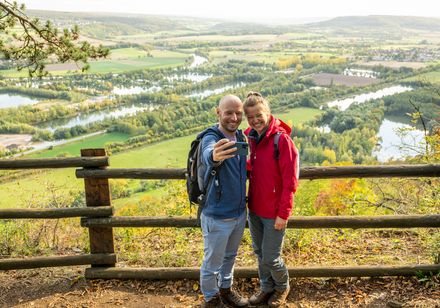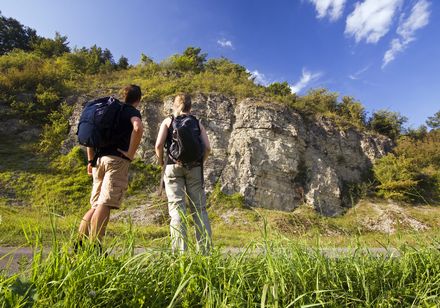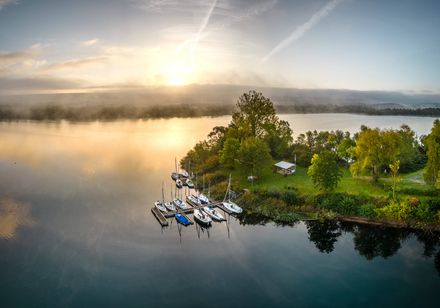The name of the Else dates back to the 13th century, when it was still called "Elsens", which can be derived from "Els = alder" and "Ana = river". The numerous alder trees on its banks probably gave the Else its name.
The Else was straightened several times, most recently in 1969/70 east of Kirchlengern up to the Werre. Then the last section between Bünde and Kirchlengern was to follow. There was strong opposition to the impending expansion from conservationists, anglers and local history enthusiasts. In the 1980s, the straightening plans were abandoned for financial reasons and in 1995 the unstraightened section of the river was placed under nature conservation protection as the "Elseaue nature reserve".
Since 1993, the Ravensberg Biological Station has been looking after the 116-hectare nature reserve.An inconspicuous fish lives in the Else: the stone loach. It sucks sand and gravel into its mouth, chews on it and spits out what is not edible. The fish is one of Europe's endangered species.In the meantime, beavers and otters have also reappeared in the Else as particularly endangered mammal species, in some cases after an absence of over 100 years. They feel very much at home in the densely overgrown river bends. A great success for nature conservation!Further information: www.fahr-im-kreis.de
Good to know
Directions & Parking facilities
The Elseaue nature reserve extends around the unstraightened sections of the Else in Kirchlengern. It is very easy to reach by bike.
More information
Always know what's going on - a free number for all occasions: Bus and train customers in NRW can call 08006 50 40 30 around the clock for fare information, timetable information and more.
License (master data)
Nearby
